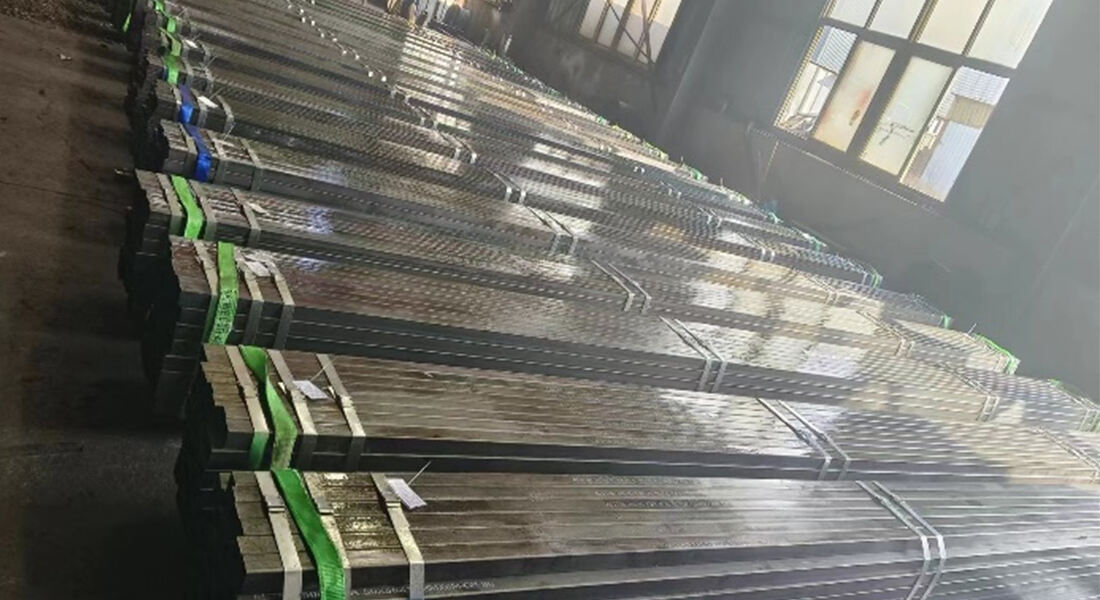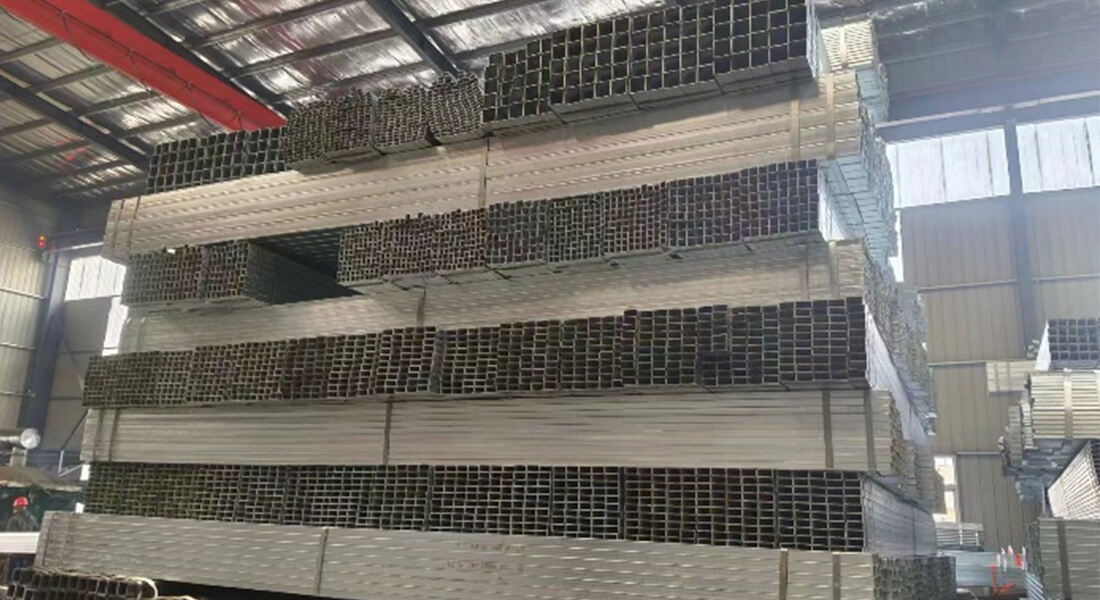Square tube has many uses and is a versatile material that is vital to worldwide building and modernization. Square tubes are often categorized into four groups based on their varied cross-sectional shapes: profiles, plates, pipes, and metal goods. They are commonly used to make the manufacture, ordering, delivery, and management of square tubes easier.

1. The concept of square tube
Square tubes are materials that are created by applying pressure on steel ingots, billets, or square tubes to achieve a variety of forms, sizes, and characteristics.
Square tube is a crucial and necessary component for building and implementing China's four modernizations. It comes in many different types and is frequently utilized. Square tubes are often categorized into four groups based on their distinct cross-sectional shapes: profiles, plates, pipes, and metal goods. in order to enhance company management tasks and make square tube production, ordering, and supply easier to handle.
2. The production method of square tubes
The majority of the time, pressure processing is used to plastically distort the treated steel (billets, ingots, etc.) into rectangular tubes. Two categories for square tubes can be distinguished based on their processing temperature: cold processing and hot working. Square tubes are processed using the following primary techniques:
Rolling is a pressure-processing technique in which two revolving rollers create gaps of varying shapes through which square tube metal billets travel. As a result of the rollers' compression, the material's cross-section lowers and its length grows. This is a frequently employed production technique for square tubes, mostly utilized for pipes, plates, and profiles. separated into two categories: heat and cold rolling.
Rolling is a pressure-processing technique in which two revolving rollers create gaps of varying shapes through which square tube metal billets travel. As a result of the rollers' compression, the material's cross-section lowers and its length grows. This is a frequently employed production technique for square tubes, mostly utilized for pipes, plates, and profiles. separated into two categories: heat and cold rolling.
Forged square tube: A pressure-processing technique that forms the blank into the required shape and size by applying the pressure of a press or the reciprocating impact force of a forging hammer. It is typically used to produce materials with bigger cross-sectional dimensions, such as huge materials and billets, and is split into two categories: free forging and die forging.
Pulling square tube is the process of reducing the cross-section and lengthening the billets of rolled metal (shapes, tubes, goods, etc.) by pulling them through die holes. The majority of uses are in cold processing.
Extrusion is a processing technique wherein metal is placed in a closed extrusion chamber using a square tube, and pressure is applied at one end to force the metal out of a designated mold hole to produce completed goods with the same size and form. It is frequently employed in the creation of square tubes made of non-ferrous metal.

3. Ferrous, steels and non-ferrous metals
Provide a quick explanation of the fundamental ideas of ferrous, nonferrous, and square tube steel before moving on to the categorization of steel.
1. Iron and its alloy are referred to be ferrous. such cast iron, steel, pig iron, ferroalloys, etc. Alloys based on iron square tubes, such as steel and pig iron, are known as iron carbon alloys since carbon is the primary adding ingredient.
Pig iron is the byproduct of smelting iron ore in a blast furnace; it is mostly utilized in the production of square tubes for castings and steel. To make cast iron (liquid), pig iron is melted in a molten iron furnace. Cast iron is the term for the sort of cast iron that is created when liquid cast iron is formed into a square tube. Iron, silicon, manganese, chromium, titanium, and other elements are the constituents of ferroalloy. One of the basic ingredients used to make steel is ferroalloy. In the process of manufacturing square tube steel, it serves as an oxygen scavenger and an alloy element addition.
2. Add pig iron to a steelmaking furnace and melt it using a predetermined method to produce steel. Steel is produced as ingots, billets for continuous casting, and a variety of steel castings made by square pipe joint casting. The steel that is frequently mentioned is usually steel that has been rolled into different square tubes. Ferrous is the owner of square tube steel, however black gold and steel are not entirely interchangeable.